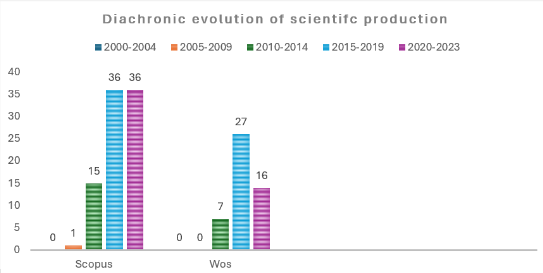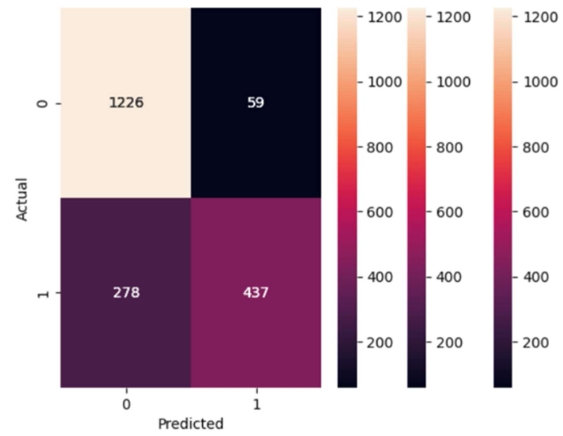Perspectives on World English(es): Perceptions of Italian EFL learners at secondary state schools with regard to grammar teaching, British and American accents and what model to aspire to when learning English as a second language
Abstract
The aim of this paper is to provide effective responses to three different articles that discuss the issues of grammar translation instruction, the differences between British and American accents, and, above all, what model to aspire to when learning English in order to investigate what the perceptions of Italian EFL learners at secondary state schools are with regard to these elements. The trigger for this analysis comes first from my EFL teaching experiences at Italian state high schools, where the syllabi employed tend to overlook these features and focus on conventional teaching practices. Secondly, the stimulus for this study comes from research articles in this field that I read before writing these responses in order to have a broader view of these themes. Each response describes in detail theoretical issues with regard to the articles selected for this analysis, and it also makes reference to the context identified for this investigation. This study was conducted in Italy, and the data gathering processes consist mainly of qualitative semi-structured interviews with eight participants (four EFL learners and teachers of English as a foreign language and English literature), interview transcripts, and content analysis techniques that I used to examine and interpret the data collected. Findings indicate that innovative EFL teaching and learning practices are needed in Italian state high schools, especially where the syllabi employed overlook these identified aspects of the language.
References
[1]Emmerson P. L3 and the New Inner Circle. IATEFL Voices; 2006.
[2]Scales J, Wennerstrom A, Richard D, et al. Language Learners’ Perceptions of Accent. TESOL Quarterly. 2006; 40(4): 715. doi: 10.2307/40264305
[3]Alvarez I. Foreign Language Education at the Crossroads: Whose Model of Competence? Language, Culture and Curriculum. 2007; 20(2): 126-139. doi: 10.2167/lcc330.0
[4]Willis J. A Framework for Task-Based Learning. Longman; 1996.
[5]Coury G, Carlos S. English as a Lingua Franca in the Brazilian Academic World. Karen’s Linguistics Issues; 2001.
[6]Pashaie P, Khalaji H. Does Open Task Outcome Affect Speaking Skills of Pre-Intermediate High School Students? (A Study in Malayer, Iran). International Journal of Educational Investigations. 2014; 1(1): 54-65.
[7]Richards JC. Key Issues in Language Teaching. Cambridge University Press; 2015.
[8]Lopriore L, Djigunovic JM. Attitudinal Aspects of Early EFL Learning. UPRT; 2009.
[9]Pratiwi ZF, Ayu M. The Use of Describing Picture Strategy to Improve Secondary Students’ Speaking Skill. Journal of English Language Teaching and Learning. 2020; 1(2): 38-43. doi: 10.33365/jeltl.v1i2.603
[10]Villabona N, Cenoz J. The integration of content and language in CLIL: a challenge for content-driven and language-driven teachers. Language, Culture and Curriculum. 2021; 35(1): 36-50. doi: 10.1080/07908318.2021.1910703
[11]Bohlke D. Fluency-oriented Second Language Teaching. In: Celce-Murcia M, Brinton D, Snow MA (editors). Teaching English as a Second or Foreign Language, 4th ed. Heinle; 2014. pp. 121-135.
[12]Richars JC, Rodgers TS. Approaches and Methods in Language Teaching, 2nd ed. Cambridge University Press; 2001.
[13]Trudgill P. The Dialects of Englan. Blackwell; 2000.
[14]Duguit A. Italian speakers. In: Swan M, Smith B (editors). Learner English: A Teacher’s Guide to Interference and other Problems, 2nd ed. Cambridge University Press; 2001.
[15]Wedell M. More than just ‘technology’: English language teaching initiatives as complex educational changes. In: Coleman H (editor). Dreams and Realities: Developing Countries and the English Language. British Council; 2011.
[16]Thornbury S. Uncovering grammar. Macmillan Heinemann English Language Teaching; 2001.
[17]Meddings L, Thornbury S. Teaching Unplugged: Dogme in English Language Teaching. Delta; 2003.
[18]Hughes SP, Madrid D. The effects of CLIL on content knowledge in monolingual contexts. The Language Learning Journal. 2019; 48(1): 48-59. doi: 10.1080/09571736.2019.1671483
[19]Civinini C. Digital EL Gazette. Behind the news at Italian schools. Available online: https://www.cebs.at/fileadmin/user_upload/service/CLIL/clil_research_italian_model_230516_ab_01.pdf (accessed on 2 June 2023).
[20]Costa F. ICLHE Italy: State of the art. In: Multilingualism, CLIL and Teaching Innovation. Bozen University Press; 2013. pp. 107-121.
[21]Modiano M. Euro-Englishes. In: Kachru BB, Kachru Y, Nelson CL (editors). The Handbook of World Englishers. Blackwell; 2006. pp. 223-239.
[22]Thornbury S. How to Teach Speaking. Pearson; 2005.
[23]Benson P, Reinders H. Beyond the Language Classroom. Palgrave Macmillan; 2011.
[24]Ismaili M. The Effectiveness of Using Movies in the EFL Classroom – A Study Conducted at South East European University. Academic Journal of Interdisciplinary Studies. 2013; 2(4). doi: 10.5901/ajis.2012.v2n4p121
[25]Taylor D. Inauthentic authenticity or authentic inauthenticity? Available online: http://wwwwriting.berkeley.edu/TESLEJ/ej02/a.1.html 1994 (accessed on 2 June 2023).
[26]Byram M. ‘Cultural awareness’ as vocabulary learning. The Language Learning Journal. 1997; 16(1): 51-57. doi: 10.1080/09571739785200291
[27]Hoffmann C. The spread of English and the growth of multilingualism with English in Europe. In: Cenoz J, Jessner U (editors). English in Europe: The Acquisition of a Third Language. Multilingual Matters; 2000.
[28]Lange’ G, Cinganotto L. E-CLIL for an innovative instruction. The notebooks of the Research n.18, Loescher. Available online: http://www.laricerca.loescher.it/quaderno_18/#/4/ (accessed on 2 June 2023).
[29]Llurda E. Attitudes towards English as an international language: The pervasiveness of native models among L2 users and teachers. In: Sharifian F (editor). English as an International Language: Perspectives and Pedagogical Issues. Multilingual Matters; 2009.
[30]Golafshani N. Understanding Reliability and Validity in Qualitative Research. The Qualitative Report. 2003; 8(4): 597-607.
[31]Cohen L, Manion L, Morrison K. Research Methods in Education. Routledge; 2011.
[32]Neuman WL. Social Research Methods: Qualitative and Quantitative Approaches. Pearson; 2013.
[33]Bryman A. Social Research Methods. Oxford University Press; 2001.
[34]Cresswell J, Miller D. Determining Validity in Qualitative Inquiry: Getting Qualitative Data to Improve Educational Practice. Theory into Practice. 2000; 39(3): 124-130.
[35]Wolcott HF. Writing up Qualitative Research. Sage; 2001.
Copyright (c) 2024 Federico Valente

This work is licensed under a Creative Commons Attribution 4.0 International License.









